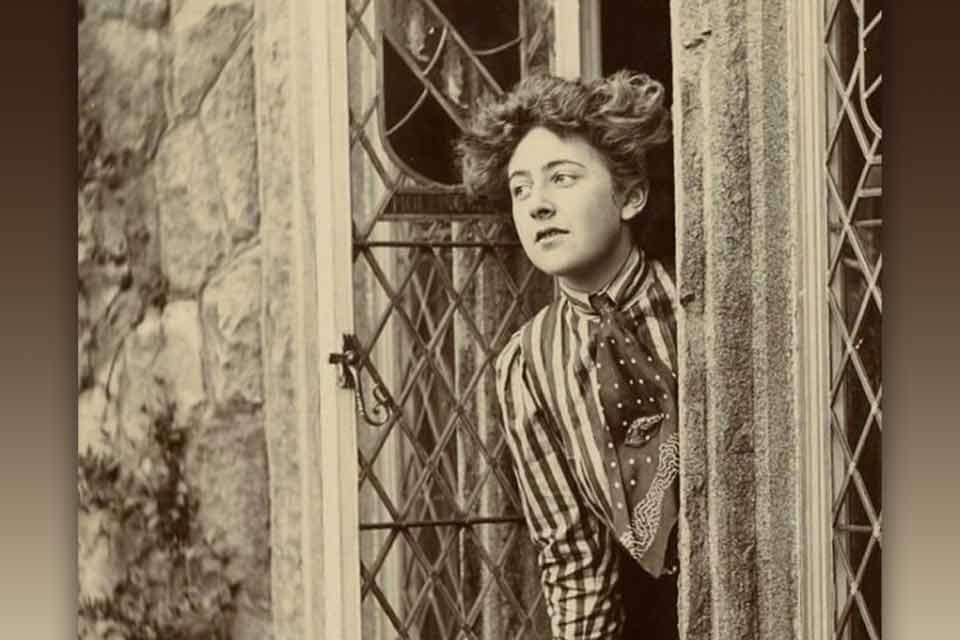The Most Translated Authors

Who is the world’s most translated author? Agatha Christie? Antoine de Saint-Exupéry? Lewis Carroll? It depends on how you count.
Drumroll, please—we know the world’s most translated author. She is not—as you might have guessed—William Shakespeare, nor is she Leo Tolstoy, Plato, or Lady Murasaki. According to the UNESCO Index Translationum, the world’s most translated author is mystery expert Agatha Christie.
Just what is this oddly named Index Translationum? It’s quite simply an extremely large database that has tracked translations from one language to another worldwide for about the last seventy years. Originally a project of the League of Nations, it became a product of the United Nations Educational, Scientific, and Cultural Organization (often known by its abbreviation, UNESCO) in 1946, when the UN formally succeeded the League. The purpose of the Index Translationum is to track translations published in UN member states, and its database currently incudes over two million books. It is often cited as a significant source in academic research into the realm of literary translation.
So, that’s how we know that Agatha Christie is number one when it comes to translations: the database simply lists her as the author with the most entries, 7,236 to be exact (quite handily distancing Jules Verne’s second-best 4,751). However, there is a caveat—because of how the Index Translationum counts, authors with more books have higher precedence on the list. Thus, although the Christian Bible is widely considered the most translated book ever, Agatha Christie takes the top place here in part due to the number of languages she has been translated into (over one hundred) and in part because the prolific author wrote sixty-six novels.
What if we look at things by individual volume? Then who are the most translated authors? In that case, the Bible becomes the most translated book, with roughly seven hundred languages for the full text and well over three thousand for some part of it. (The Bible was of course authored by many different people over the course of centuries, so no single author gets their due here.) Second is The Little Prince, by Antoine de Saint-Exupéry, with translations into nearly six hundred languages, perhaps aided in part by its brief length (ninety-six pages) and relatively straightforward prose style. Agatha Christie is nowhere to be found in the top ten, which includes The Adventures of Pinocchio, by Carlo Collodi; the Tao Te Ching; Alice’s Adventures in Wonderland, by Lewis Carroll; John Bunyan’s influential theological fable, The Pilgrim’s Progress; the Brothers Grimm Fairy Tales; and The Communist Manifesto. Cervantes’ Don Quixote rounds out the top ten.
The top one hundred—as compiled from various sources by many hands at Wikipedia—makes for a curious collection of books.
The top one hundred—as compiled from various sources by many hands at Wikipedia—makes for a curious collection of books, ranging from children’s stories (Captain Underpants) to religious texts (the Bhagavad Gita), high literature (Thomas Mann’s Buddenbrooks), drama (Art, by Yasmina Reza), and difficult-to-classify items (for instance, the Kural, an ancient Tamil-language metaphysical text). Among contemporary fiction, the highest rankers include Kazuo Ishiguro’s Never Let Me Go (fifty-two translations); Out Stealing Horses, by Per Petterson (fifty); Atonement, by Ian McEwan (forty-two); Norwegian Wood, by Haruki Murakami (thirty-six); and White Teeth, by Zadie Smith (thirty-six). Two of Madonna’s picture books for children also make the top one hundred.
The Wikipedia top one hundred is quite a different list from the Index Translationum, which features many authors nowhere to be found on the top one hundred, such as Jules Verne, Leo Tolstoy, William Shakespeare, Fyodor Dostoyevsky, and Charles Dickens. Points of overlap between the two lists include the Brothers Grimm, Hans Christian Andersen, and Mark Twain (whose Adventures of Huckleberry Finn cracked the top one hundred, sitting at number twenty-seven).
What can we conclude from all this information? The Index Translationum is a heavily Eurocentric list (with a smattering of Americans)—the only authors in the top twenty-five from outside that range are the Russian greats. Although the top one hundred is a slightly more geographically rich list, it too is dominated by Europeans and Americans. Clearly, if you want to have a lot of translations, it’s good to publish in a nation that’s close to the economic and political centers of the world’s publishing industry, and to write within cultural traditions that are widely disseminated around the world.
If you want to be widely translated, it’s also good to work within one of the following genres: religious writing, mystery novels, science fiction/fantasy, and children’s books. These are all well represented among the top one hundred, with the top twenty being almost exclusively made up of religious and children’s titles. It is fascinating to consider the resonances between religious texts and children’s stories—I will resist the temptation to do so here and will merely observe that there is perhaps something fundamental about the stories told in each that makes them particularly resonant across cultures and good for translation.
As to mystery and sci-fic/fantasy, it is interesting that these two quintessentially modern genres of Western fiction should prove so popular and so resonant across cultures. Perhaps there is something of the structure of each genre that makes them a bit like a folktale, able to work in many different contexts even if all the ins and outs of a particular cultural location don’t necessarily translate.
All of the categories I’ve mentioned above would explain a great deal of the top one hundred, but then there are also the outliers, the ones that seem not to fit into a particular category or seem to have any particular reason for being so widely translated. For instance, there is the most widely translated Czech novel ever, Jaroslav Hašek’s The Good Soldier Švejk, which is an extremely long, extremely dark comedy of the First World War. Then there is the 1906 novel The Paul Street Boys, by Hungarian writer Ferenc Molnár, which would seem quite obscure to an American reader; the book’s appeal seems to be as something of a coming-of-age classic, as it has found a home in classrooms throughout eastern Europe as well as in Israel and Mongolia, among others. Then there is the 1945 Finnish historical novel The Egyptian, by Mika Waltari, set in Ancient Egypt and lauded for its incredible historical accuracy. A best-seller in the US in the 1950s, it was only overtaken decades later by Umberto Eco’s The Name of the Rose as the best-selling work of foreign fiction in the US, and it still is regarded in Finland as one of the nation’s greatest novels.
What these outliers suggest is that there can be a strong component of regionalism to what books gain a significant number of translations as well as a certain quality of luck.
What these outliers suggest is that there can be a strong component of regionalism to what books gain a significant number of translations as well as a certain quality of luck—a book happening to come along at the right time and filling the right slot. There is also—both for these and for most of the books on the list—a quality of what happens to stand the test of time, ultimately becoming a part of the world’s knowledge traditions and being seen as an “essential” text.
It would be intriguing to know what books might rightly belong to such a collection but for one reason or another have not managed to become so widely translated around the globe. Perhaps readers will help by pointing out some of these titles.
Oakland, California















